| The Neuroptera have two pairs of wings that are of equal size and usually have many veins. They are typically held rooflike over their body. The antennae are relatively long and they have chewing mouhparts. Most Neuroptera are predaceous, both as larvae and adults. Some larvae are aquatic and the adults generally live near water while others are entirely terrestrial. |
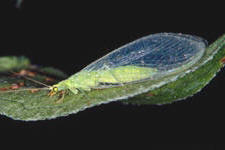 |
|
Green (Common)Lacewings |
|
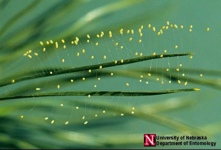 |
 |
 |
|
|
Antlions |
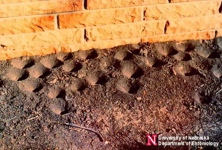 |
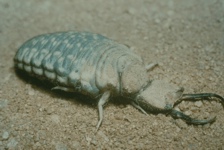 |
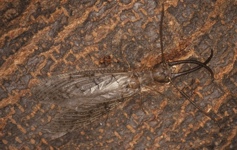 |
Dobsonflies |